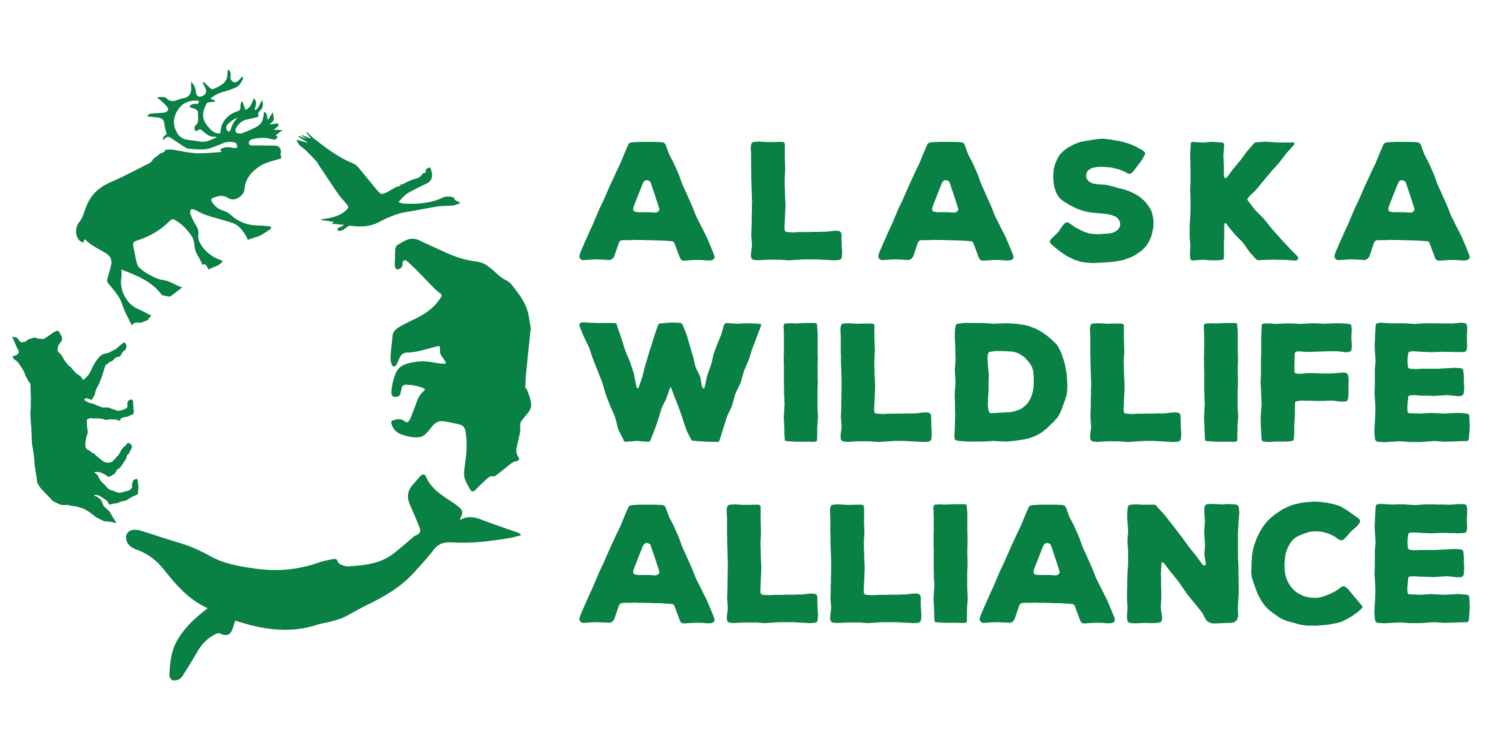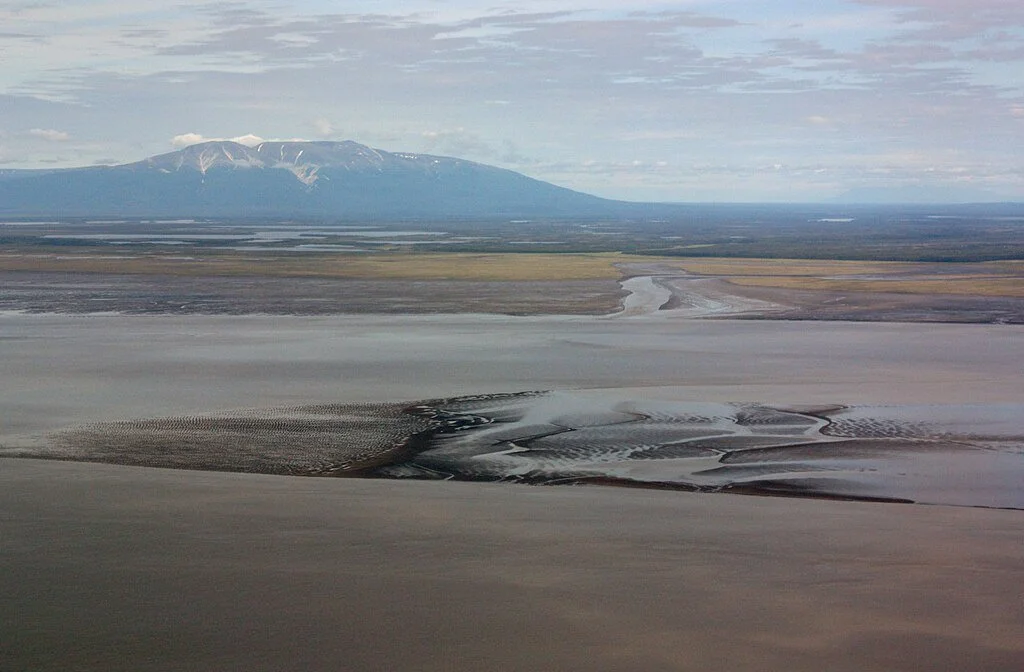Alaska Wildlife Alliance attended the Statewide Board of Game Meeting as a voice for Alaska’s wildlife, giving testimony, mobilizing public comment on proposals, and watching deliberations. Overall, AWA submitted comments on 16 proposals. Read on for the results.
Action Alert: Give Public Testimony at the Statewide BOG Meetings in Anchorage
Between January 10 and 17, 2025, the Central and Southwest Board of Game Meeting will be held in Wasilla at the Best Western on Lake Lucille. While the main public comment period for proposals has already passed, there is a public comment period in the first few days of the meeting, where oral testimonies and written comments may be given.
Action Alert: Submit Your Comments on Statewide Board of Game Proposals
The Board of Game Proposals for the Statewide Meeting have been released and AWA is carefully combing through them so that we can best represent the needs of Alaska’s wildlife at the Statewide BOG meeting in March. The public comment period is open until March 7, and we could use your voice to help safeguard Alaskan wildlife.
Southwest and Central Board of Game Meeting Results
Alaska Wildlife Alliance attended the Central and Southwest Board of Game Meeting as a voice for Alaska’s wildlife, giving testimony, mobilizing public comment on proposals, and watching deliberations. Overall, AWA submitted comments on 37 proposals. The Board of Game voted with us on 22 of those proposals, for a 59% success rate, and voted against us on 15 proposals, for a 41% failure rate.
Action Alert: Give Public Testimony at the BOG Proposal Meeting in Wasilla
Between January 10 and 17, 2025, the Central and Southwest Board of Game Meeting will be held in Wasilla at the Best Western on Lake Lucille. While the main public comment period for proposals has already passed, there is a public comment period in the first few days of the meeting, where oral testimonies and written comments may be given.
Action Alert: Say No to Proposal 75
This January, the Alaska Board of Game (BOG) will deliberate on nearly 200 proposals impacting wildlife, including Proposal 75, which was submitted by the Alaska Department of Fish and Game (ADFG). ADFG has proposed sweeping aerial gunning on wolves and bears on the west side of Cook Inlet, between Denali National Park and Lake Clark National Park.
Action Alert: Submit Your Comments on Central and Southwest Board of Game Proposals
The Board of Game Proposals for the Central and Southwest Region have been released and AWA is carefully combing through them so that we can best represent the needs of Alaska’s wildlife at the Wasilla BOG meeting in January. The public comment period is open until December 27, and we could use your voice to help safeguard Alaskan wildlife.
Action Alert: Lake Clark Coastal Management Plan Comment Period
AWA on The Wolf Connection Podcast!
Action Alert: Strengthen Protections for National Wildlife Refuges
Opinion: Lamenting the state’s kill of Wood-Tikchik Park bears
Our Comments for the Interior Board of Game Meeting
Our Recent Victory for Endangered Beluga Whales!
Our Comment to Restore the Eklutna River
Our Board of Fish Proposal to Support Critically Endangered Cook Inlet Beluga Whales
Our Comments on the Arctic Board of Game Proposals
Our Comment on the Ambler Road
Protect the Western Arctic Caribou Herd in Less Than 5 Minutes!
Tell BLM TO SELECT THE “NO ACTION” ALTERNATIVE
The state of Alaska is planning on building an industrial access road, known as the Ambler Road, along the southern Brooks Range. Why? To transport ore from a network of planned open pit copper mines in the northwest arctic.
Where is the proposed road?
The road would cross an area managed by the National Park Service, including 16 million contiguous acres, the largest in the country. This acreage includes Gates of the Arctic National Park and Preserve, Kobuk Valley National Park, Noatak National Preserve, Bering Land Bridge National Preserve, and Cape Krusenstern National Monument. These lands encompass a continuous ecologically intact landscape covering the western Brooks Range. This acreage alone is larger than the top 10 largest national parks in the contiguous U.S. combined — Death Valley, Yellowstone, Everglades, Grand Canyon, Glacier, Olympic, Sequoia, Big Bend, Joshua Tree and Yosemite — plus the state of Connecticut!
How would wildlife be impacted?
The landscape is also home to the Western Arctic Caribou Herd with more than 180,000 animals, making it one of the largest populations of caribou in North America. This herd travels up to 2,700 miles every year, the distance of Seattle, Washington, to Miami, Florida.
The proposed road, cutting from east to west across the north-south migration route of the caribou, could pose a serious barrier for the herd in its annual journey. There is scientific concern that the caribou would avoid the road and the industrial traffic along it, moving further west and away from Alaska Native villages that depend on the caribou for traditional subsistence use. If the road were to ever become public, it would put significant hunting pressures on the herd, further disrupting the historic migration patterns.
The road is just one piece to a larger story of industrialization of Northwest Alaska. The road would literally pave the way for the Ambler Mining District, which would only accelerate further development and activity that caribou would seek to avoid. Meanwhile, the herd population is currently in decline, dropping 23% in the last two years. The Western Arctic Caribou Herd will need its vast range to remain intact in order to adapt in a changing climate.
How can I help?
It's easy! Submit a comment to BLM by December 22, 2023.
Tell the BLM to protect the Western Arctic Caribou Herd by choosing the No Action Alternative in the Supplemental Environmental Impact Statement (SEIS) :
https://eplanning.blm.gov/eplanning-ui/project/57323/595/8004057/comment
Spread the word and share with others! Thank you for your support!
We Published! Impact of Climate Change on Alaska Natives in December 2023 Journal of Environmental Health
From the abstract: Alaska, with its unique geographical and ecological characteristics, is experiencing the detrimental effects of climate change at an alarming rate. The Alaska Native (AN) population, deeply connected to the land and its resources, faces disproportionate vulnerability to these impacts. We call attention to climate change impacts on AN food sovereignty, mental and behavioral health, cultural and spiritual practices, resiliency and adaptation, and how local Alaskan organizations are addressing climate change impacts.
This article also highlights the urgent need for environmental public health professionals to engage with AN and Native American communities, address health inequities, and participate in mitigation and adaptation efforts to address the environmental public health threats and consequences of climate change. Increasing awareness of climate- related health impacts on these communities is crucial and immediate actions are needed to support safer, healthier, and more sustainable and climate-resilient communities. Government agencies at all levels should also seek to integrate perspectives from Indigenous Peoples, engage in co-management strategies, and provide equitable funding and support for Indigenous communities. Unity, resilience, and adaptation become attainable goals by joining communities in caring for the environment. This message resonates not only in Alaska but also globally, highlighting the need for collective action in the face of climate change.























